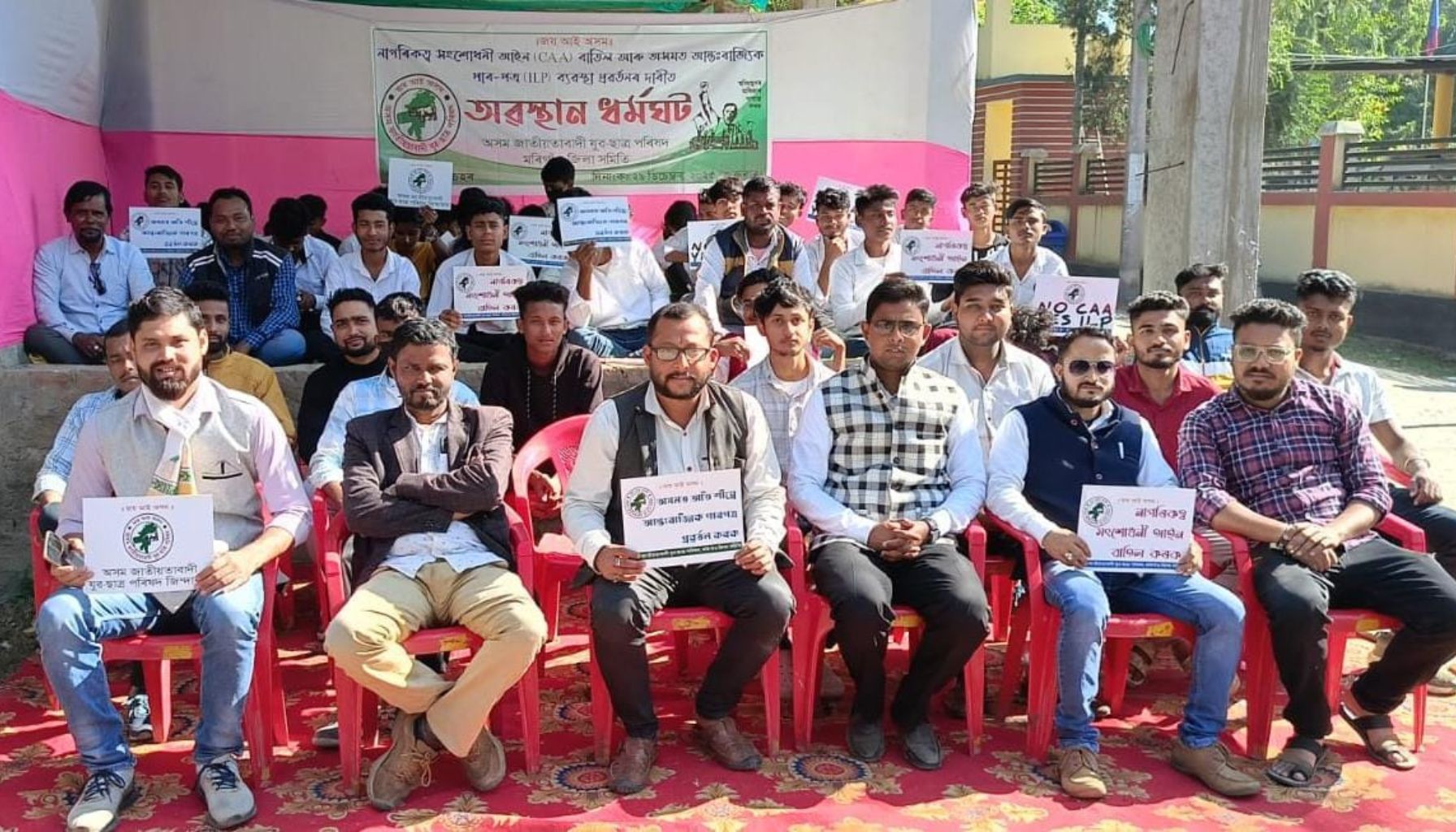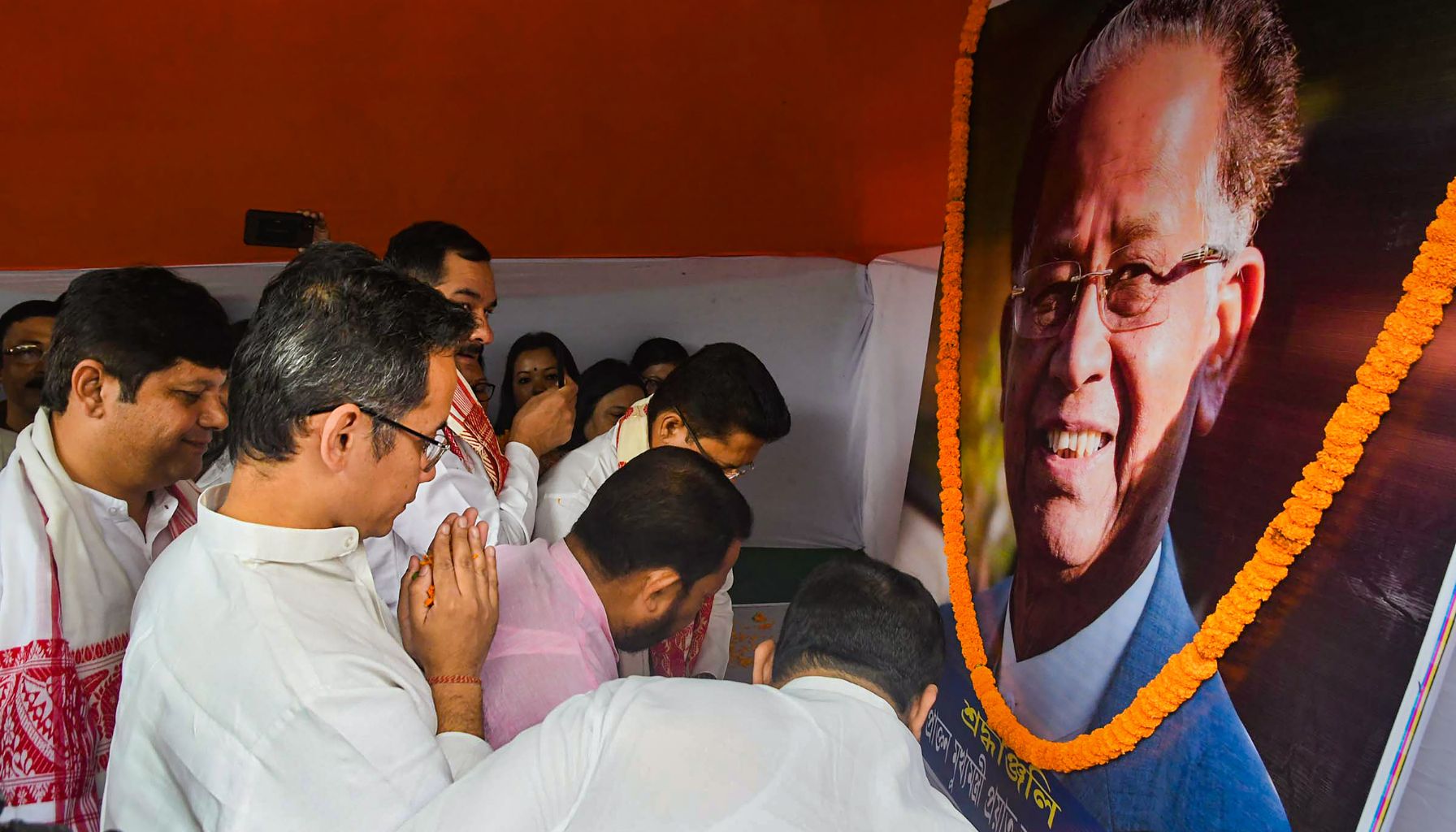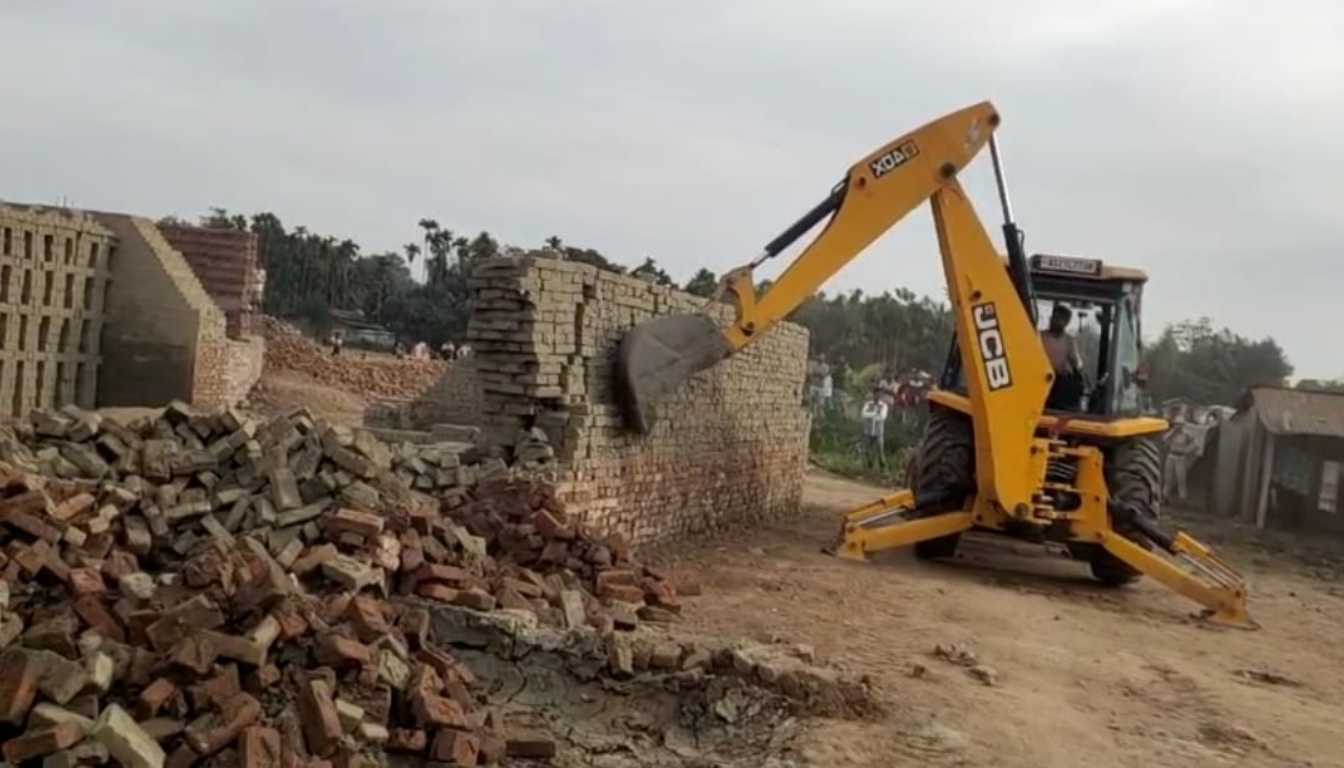R
Residents of Delhi and nearby locales were startled from their dwellings as a 6.4 magnitude earthquake in Nepal sent tremors rippling through the region on Friday evening. This event marks the third occasion within a single month that the national capital has been shaken by such tremors, sparking discussions about the capital's susceptibility to seismic events.
The Delhi National Capital Region (NCR) is classified within Seismic Zone-IV, indicating a significant risk of moderate to severe earthquakes, as per the seismic zoning map outlined by the Bureau of Indian Standards (BIS).
This high-risk classification stems from Delhi's geographic location and the geological dynamics at play. The city is relatively close to the Himalayan mountain range, lying at a distance of approximately 200-300 kilometers. The formation of the Himalayas is a result of the ongoing tectonic plate movements, specifically the convergence of the Indian plate against the Eurasian plate. This relentless geological activity is the source of frequent disturbances such as earthquakes and landslides within the region.
Earthquakes typically occur due to the shifting of tectonic plates within the earth's upper crust. The more movement there is within this layer, the higher the likelihood of seismic events. The seismic threat to the region is largely due to its location near the boundary of the Himalayan tectonic plates, a zone of constant collision between the Indian and Eurasian plates. Although Delhi is not directly on a major fault line, its position in a seismically active zone heightens its vulnerability to tremors from this tectonic interaction.
Regions like Nepal, Uttarakhand, and the surrounding Himalayan areas are at risk of experiencing earthquakes that could surpass an 8.5 magnitude on the Richter Scale. Delhi's classification within Zone IV and the Himalayan region's categorization in Zone V, which denotes the highest risk level for seismic disturbances, are a reflection of their proximity to these tectonic interactions.
In addition to the geological aspects, the distinct urban layout of Delhi and its adjoining areas also amplifies its seismic susceptibility. The landscape is dotted with towering skyscrapers and widespread, densely populated shantytowns. Particularly at risk are the zones along the Yamuna and Hindon rivers, where multistoried structures are densely packed. The vulnerability is further exacerbated by the older quarters of Delhi and unauthorized colonies along the riverbanks.
Authorities have sounded alarms regarding the possibility of a substantial seismic event striking the region in the future. The ramifications of a sizeable quake hitting the heavily populated and infrastructurally challenged areas of Delhi could be catastrophic.
Nonetheless, forecasting earthquakes with absolute accuracy remains a complex scientific challenge. While seismologists can estimate potential risks and advocate for preventive measures, the precise prediction of earthquakes, in terms of timing and intensity, is still beyond our current capabilities.
To counteract the potential threat, the government and civic bodies are continually striving to enhance earthquake preparedness measures, including the strengthening of construction norms and the fortification of vital structures, to reduce the impact of earthquakes.











